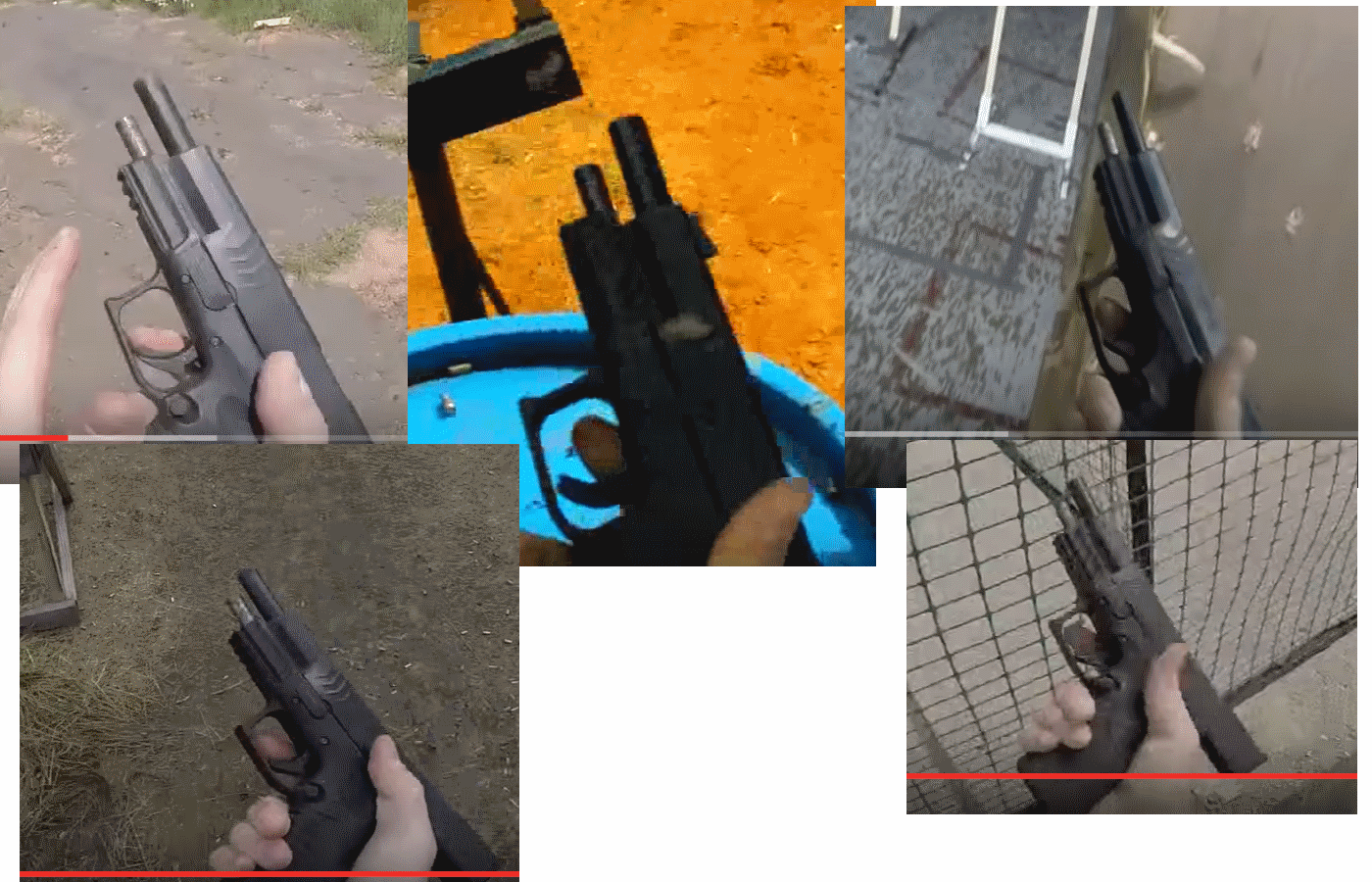Beginning note: I haven't read the whole thread, sorry...busy, but wanted to give my two cents.
I shot USPSA for a couple of years in college (2005-06 I think). Started out as a "C" in production, moved into "B" by the end of the first year. I had a pretty deliberate practice regime. Did a lot of drills with dry fire...draw from the holster, draw, fire. There was a match that had a lot "start with your hands on your head and the targets behind you. on beep, turn and engage". So, I practiced that turn, safe draw, first shot. (sidenote: had a...more experienced gentleman...aka old and grumpy, lol, try to tell me I was doing it wrong turning one way and that I should turn the other direction. Told him I had practiced it going one way and that I had timed myself and was faster that way. And I smoked him on that stage. If the stages are posted beforehand, read up on them and practice your first move and see which way you're faster).
I did a lot of magazine change practice too. It's hard to do with a dry fire thing at home in the livingroom or whatever, but practice dumping a mag and putting a new one in. All one fluid motion.
In whatever practice you do, practice keeping the front sight in focus.
When you practice at the range, load up 5 or 6 mags and once and slip a snapcap into each one at random, usually towards the bottom. Then shuffle the magazines up (so you don't know what's coming) and shoot...you'll be astonished at how much flinch you have. took me 2000 rounds of practice like that to get rid of my flinch, but I did eventually. When you don't know you have a blank in the chamber but then do and the gun twitches when you shoot...embarassing yes, but very informative. But forces you to focus on being smooth.
Also - get some lessons! What I did was save up for 2500 rounds of ammo (this was pre-Obama mind you) and payed in advance for a lesson a week for a month. I'd go, shoot the lesson, and then come back once or twice a week and shoot on my own. Come back for the next lesson and have the guy fix all the bad habits you got into the last week. Each lesson was only like 20-30 minutes. At the end of that, the indoor range I shot at had a USPSA-style (not sanctioned or anything) match, half the guys there were police/SWAT, etc. I beat the SWAT guys with about double their scores. And that was just a solid month of dedicated practice.


